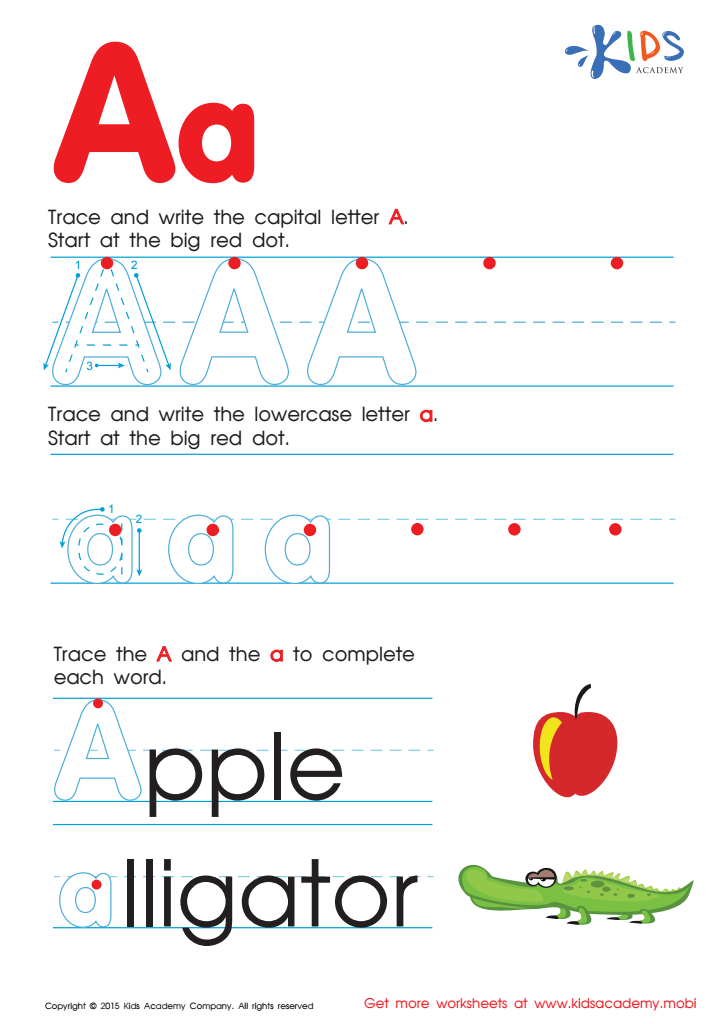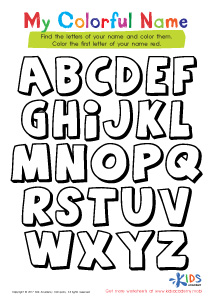Letter formation Grade 2 Tracing Letters Worksheets
3 filtered results
-
From - To
Unlock your child's handwriting potential with our "Letter Formation Grade 2 Tracing Letters Worksheets!" Perfectly designed for second graders, these worksheets provide engaging and effective practice to master letter formation skills. Each worksheet features tracing activities that help children refine their pencil control and develop fluent, legible handwriting. Our fun, theme-based exercises keep young learners motivated and focused. Ideal for both classroom and home use, these printables support foundational literacy skills, ensuring your child’s writing is neat and accurate. Download today and make handwriting practice a seamless, enjoyable part of your child's learning journey!


Letter A Tracing Page


Letter P Tracing Page


Letter G Tracing Page
Parents and teachers should place great importance on letter formation for second graders due to its foundational impact on their literacy and academic development. When children learn to trace letters correctly, it ingrains proper handwriting techniques that contribute to legibility and ease of writing in the future. This skill is particularly critical in grade 2 as children transition from learning to read to reading to learn, and from copying words to expressing their thoughts in writing.
Solid letter formation aids in cognitive development by enhancing fine motor skills and hand-eye coordination, which are crucial for more advanced academic tasks. Proper tracing practices can prevent bad habits that might lead to difficulties in writing fluently or comfortably, which could affect children’s performance not just in language arts but across all subjects.
Furthermore, when children are able to write legibly and confidently, it fosters a sense of accomplishment and boosts their self-esteem, encouraging a more positive attitude towards learning. Clear, consistent handwriting also ensures that their written communication is understood by teachers and peers, facilitating smoother interactions and feedback. Consequently, investing time and effort in letter formation at an early stage forms the bedrock for academic success and better communication skills, making it essential for both teachers and parents to prioritize this aspect of education.
 Assign to My Students
Assign to My Students











